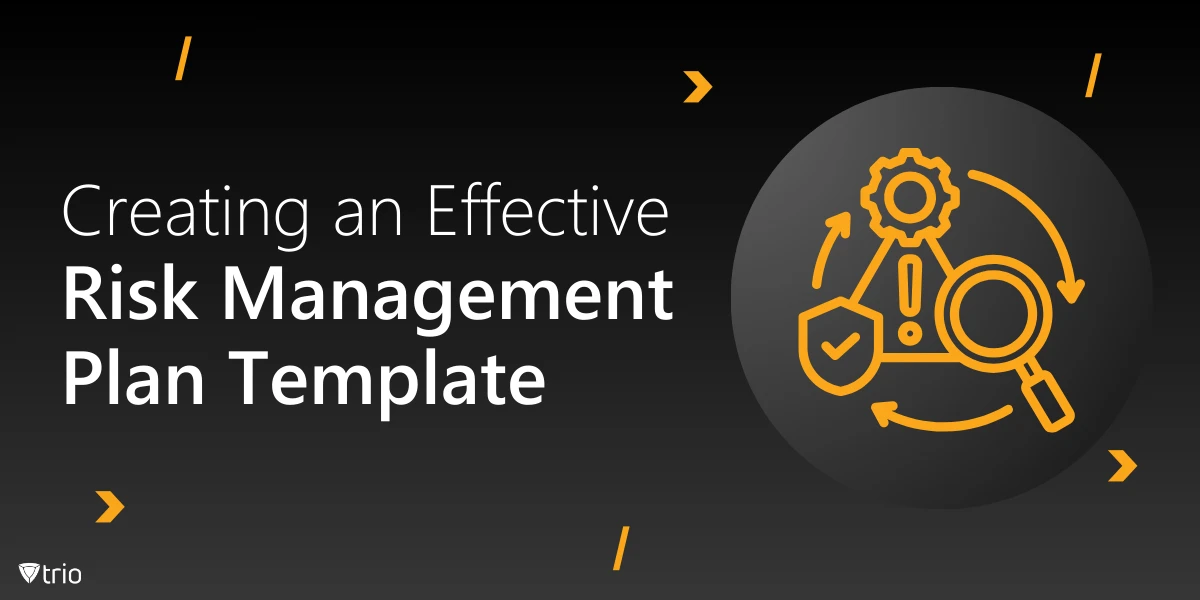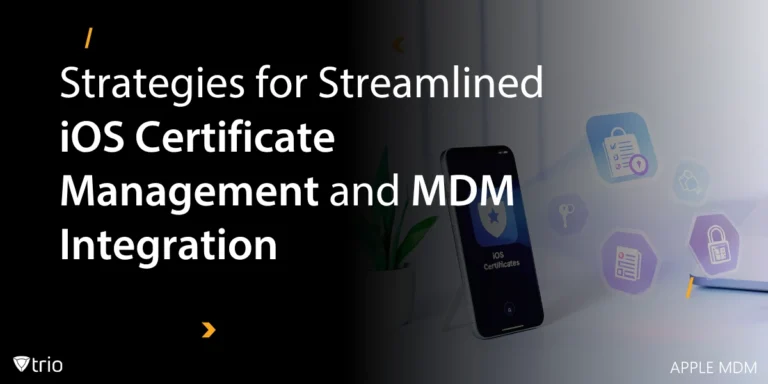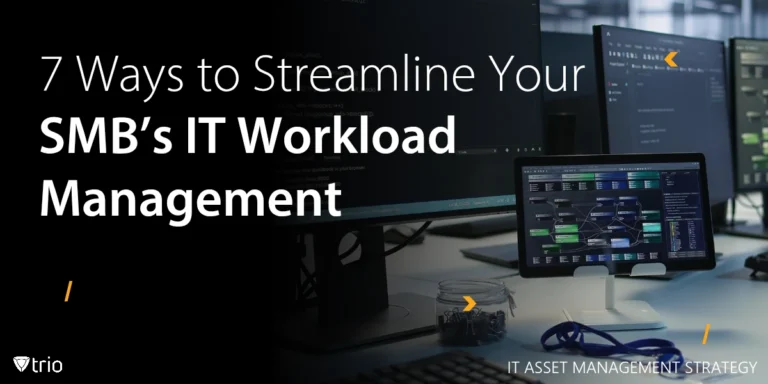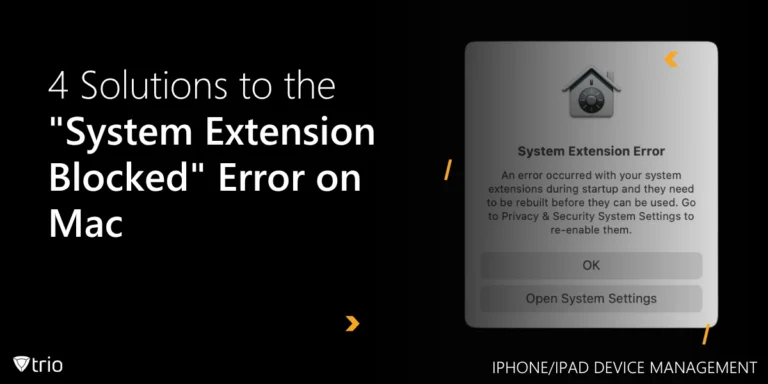In today’s dynamic business environment, risks are inevitable. From cybersecurity threats to operational disruptions, every organization faces uncertainties that can affect its goals and reputation. A Risk Management Plan Template provides a structured approach to proactively identify, assess, and manage risks.
What is Risk Management?
Risk management is the systematic process of identifying, assessing, and mitigating potential risks that could negatively impact an organization’s objectives, assets, or reputation. These risks can arise from a variety of sources, including financial instability, cybersecurity threats, natural disasters, or operational failures. By proactively managing these uncertainties, businesses can minimize potential damages and create a structured approach to handle challenges effectively.
At its core, risk management involves evaluating the likelihood and impact of potential risks and developing strategies to either eliminate, reduce, or transfer these risks. Organizations often use risk assessment tools, such as risk matrices or risk registers, to prioritize and address risks based on their severity. This ensures that critical vulnerabilities are tackled first, reducing the chances of disruptions and financial losses.
In addition to safeguarding an organization’s assets and reputation, effective risk management enhances decision-making, promotes compliance with regulatory standards, and fosters a culture of accountability. It’s not just about preventing disasters—it’s about creating an environment where calculated risks can be taken confidently to drive innovation and growth. Enterprise Risk Management (ERM) focuses on positive risks for the organization.
Why is a Risk Management Plan Essential?
A Risk Management Plan is a fundamental component of any IT strategy, as it helps organizations proactively identify, assess, and mitigate potential threats to their infrastructure, data, and operations. In today’s digital landscape, cybersecurity threats, hardware failures, and operational disruptions pose significant risks. Without a structured plan, IT teams are left reacting to crises rather than preventing them. A well-documented Risk Management Plan reduces downtime, minimizes financial losses, and ensures business continuity.
Additionally, regulatory compliance requirements demand organizations to have risk mitigation strategies in place. Industries such as finance, healthcare, and education face strict guidelines to safeguard sensitive information. A robust Risk Management Plan ensures adherence to these regulations, reducing the risk of fines or legal repercussions. Moreover, it boosts stakeholder confidence, as clients and partners are more likely to trust an organization with a clear risk management approach.
From an operational standpoint, risk management fosters a culture of accountability and preparedness among IT teams. By identifying vulnerabilities and assigning responsibilities in advance, teams are equipped to handle incidents swiftly and efficiently. This level of preparedness also allows organizations to allocate resources more effectively, preventing overspending on unnecessary security measures.
Lastly, having a Risk Management Plan in place provides organizations with a competitive edge. Companies that can demonstrate resilience and a structured approach to risk are better positioned to attract and retain customers, investors, and skilled employees. In a world where digital threats are ever-evolving, being prepared is not just an option—it’s a necessity.
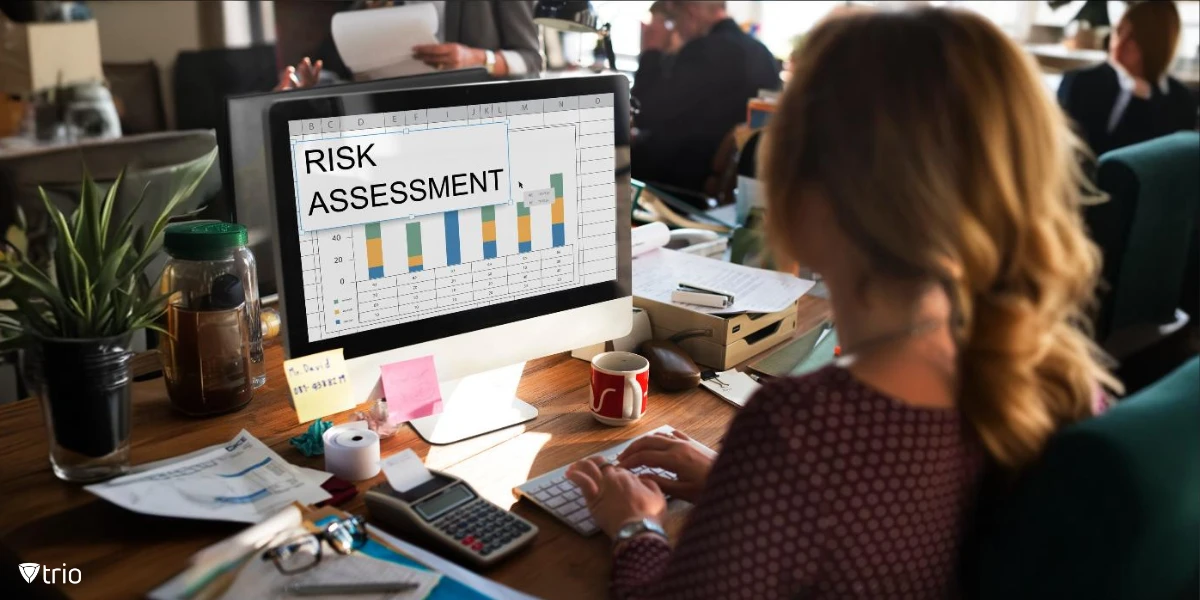
Key Components of a Risk Management Plan
A comprehensive Risk Management Plan consists of several key components that work together to safeguard an organization's IT infrastructure. First, risk identification is the foundation of any plan. This involves assessing internal and external threats, ranging from cyberattacks and hardware malfunctions to human errors and natural disasters. Identifying these risks requires regular audits, vulnerability assessments, and collaboration with stakeholders.
The next critical component is risk assessment, where each identified risk is evaluated based on its likelihood and potential impact. This step involves prioritizing risks using qualitative and quantitative measures, such as risk matrices or scoring systems. By understanding which risks pose the greatest threat, IT admins can focus resources on addressing the most critical vulnerabilities.
Risk mitigation strategies form the action-oriented section of the plan. These strategies include preventive measures, such as implementing firewalls, encrypting sensitive data, and conducting regular employee training sessions. Contingency plans are also developed to outline immediate responses in case of an incident, including disaster recovery and data backup protocols.
Lastly, monitoring and reviewing risks are essential for ongoing risk management. Threat landscapes evolve, and what was once a low-risk factor could become a major concern. Continuous monitoring, regular updates to the risk management plan, and periodic testing ensure that the organization remains resilient and prepared for new challenges.
How to Create a Risk Management Plan
Creating and planning a Risk Management Plan starts with thorough risk identification. IT admins should conduct risk assessments using tools like vulnerability scanners, compliance audits, and employee feedback channels. Collaboration across departments is essential to ensure all potential risks, including non-IT-related vulnerabilities, are accounted for.
Once risks are identified, they must be evaluated and prioritized. Utilize risk matrices to categorize risks based on their probability and potential consequences. For example, a cyberattack on customer data might have catastrophic consequences, requiring immediate attention and investment in mitigation measures.
The next step is developing risk mitigation strategies tailored to each identified risk. These strategies might involve deploying cybersecurity software, creating data redundancy through backups, and developing an incident response plan. IT admins should also define clear roles and responsibilities for team members, ensuring accountability during risk mitigation and recovery processes.
Finally, establish a system for ongoing risk monitoring and review. Schedule periodic reviews of the Risk Management Plan to adapt to new threats, technologies, and regulatory requirements. Training sessions, simulated incident drills, and frequent communication with stakeholders ensure the plan remains effective and actionable.
Best Practices for Implementing a Risk Management Plan
To effectively implement a Risk Management Plan, start with gaining executive buy-in. Leadership support ensures the allocation of sufficient resources, budget, and authority to enforce the plan across the organization. Without this backing, risk management efforts may face resistance or stagnation.
Next in the Risk Management process, ensure a cross-functional approach to risk management. Collaboration between IT, legal, operations, and HR teams helps identify risks that may not be immediately visible to IT staff alone. A shared understanding of risk across departments fosters a unified response strategy.
Invest in continuous training and cybersecurity awareness programs. Employees are often the first line of defense against security breaches, and regular workshops, phishing simulations, and policy reminders can significantly reduce human error-related risks.
Lastly, leverage automation and monitoring tools to streamline risk management processes. Tools like Security Information and Event Management (SIEM) systems, automated vulnerability scanners, and AI-driven analytics can detect and respond to threats in real-time. Regular reviews and updates of the Risk Management Plan ensure it remains aligned with the organization’s evolving risk landscape.
Challenges in Risk Management
Despite its importance, implementing an effective Risk Management Plan is not without challenges. One major obstacle is the dynamic nature of threats. Cybersecurity risks are constantly evolving, with attackers using sophisticated techniques to exploit vulnerabilities. Staying ahead of these threats requires continuous updates to risk assessments and mitigation strategies.
Resource constraints are another significant challenge. Smaller IT teams often lack the budget, manpower, or access to advanced tools needed to implement comprehensive risk management frameworks. This can result in overlooked vulnerabilities or inadequate response plans, increasing the organization’s exposure to risks.
Human error remains one of the largest contributors to security breaches. Even with robust technological defenses, an employee clicking on a phishing link or misconfiguring a server can compromise the entire system. Building a culture of cybersecurity awareness requires ongoing training and reinforcement.
Lastly, regulatory compliance adds complexity to risk management. Different industries and regions have varying compliance requirements, and failure to meet them can result in heavy fines and reputational damage. IT admins must stay informed about changing regulations and ensure their Risk Management Plans remain compliant.
How Mobile Device Management Solutions Support Risk Management Plans
Mobile Device Management (MDM) solutions play a critical role in supporting and enhancing Risk Management Plans, particularly in today’s era of remote work and mobile-first business operations. MDM solutions allow IT admins to monitor, manage, and secure mobile devices used across the organization, ensuring that these endpoints do not become weak links in the security chain.
One of the primary ways MDM supports risk management is through centralized control and visibility. IT admins can enforce security policies, monitor device usage, and remotely wipe sensitive data from compromised or lost devices. This helps prevent unauthorized access and reduces the risk of data breaches.
MDM solutions also facilitate automated updates and patch management. Ensuring that all mobile devices are running the latest software and security patches minimizes vulnerabilities that cybercriminals could exploit. This proactive approach aligns with the risk mitigation strategies outlined in a Risk Management Plan.
Finally, MDM tools offer detailed analytics and reporting capabilities, providing IT teams with insights into device performance, security incidents, and compliance adherence. These reports are invaluable for ongoing risk assessments and making informed decisions to enhance organizational security. By integrating MDM solutions into their Risk Management Plans, IT admins can address mobile-specific risks effectively and ensure a more resilient security posture.
Download Our Free Risk Management Plan Template
A Risk Management Plan Template is an essential tool for organizations to proactively identify, assess, and address potential risks. By implementing a structured approach, businesses can safeguard their assets, ensure regulatory compliance, and build resilience against unforeseen challenges. Download our ready-made Risk Management Plan Template to get started.
Effective risk management requires tools that simplify monitoring, reporting, and compliance. Trio’s MDM solution can streamline your risk management processes, ensuring consistency and transparency across your organization. Start your free trial with Trio today and take control of your risk management processes with ease.
Get Ahead of the Curve
Every organization today needs a solution to automate time-consuming tasks and strengthen security.
Without the right tools, manual processes drain resources and leave gaps in protection. Trio MDM is designed to solve this problem, automating key tasks, boosting security, and ensuring compliance with ease.
Don't let inefficiencies hold you back. Learn how Trio MDM can revolutionize your IT operations or request a free trial today!
